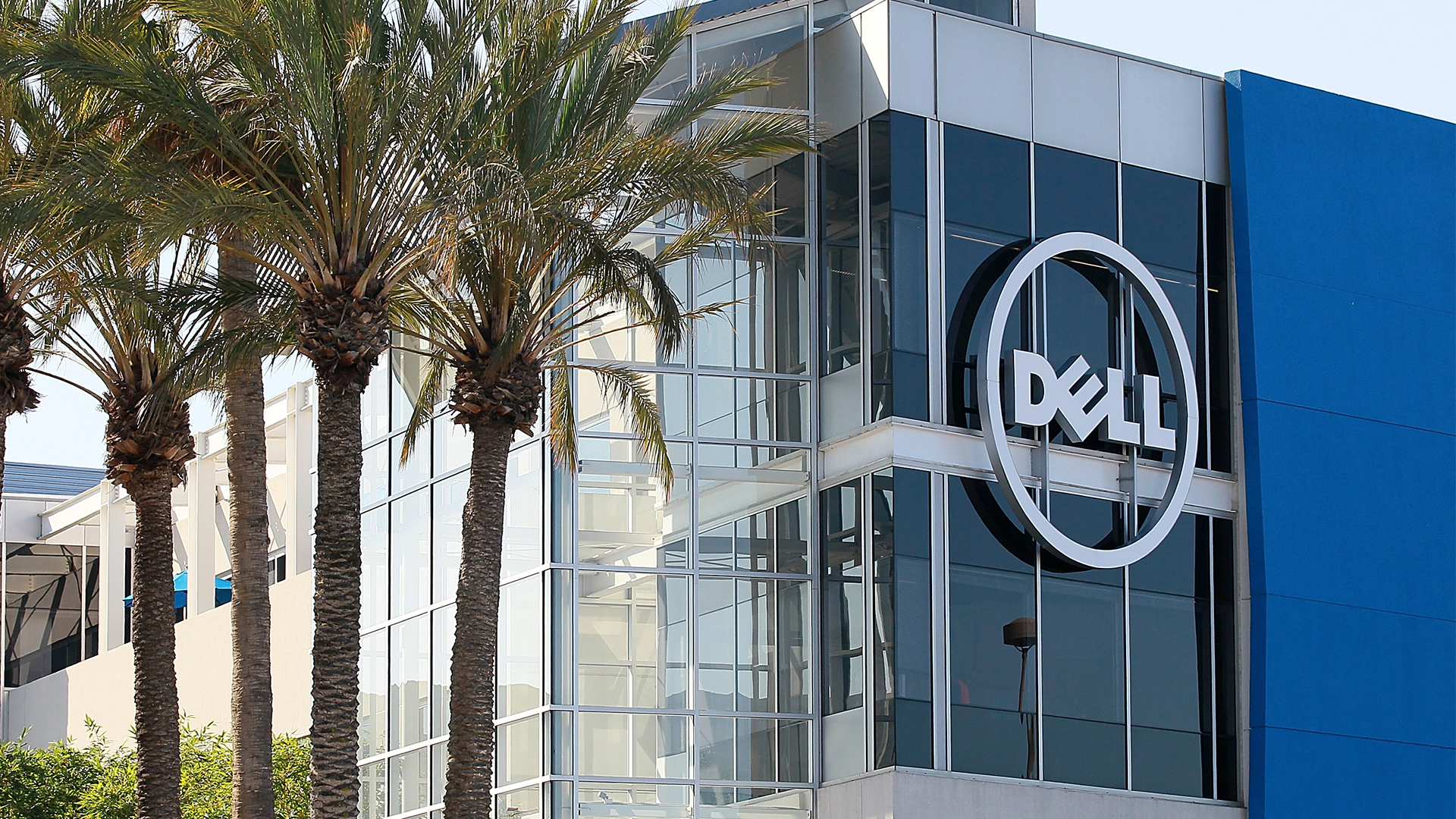IT investment: still about keeping the lights on
The sums IT departments devote to running systems, rather than investing in new tech, remains stubbornly high.

Inside the Enterprise: Over the last decade, industry analysts have made much of the amount businesses spend on maintaining their IT, rather than investing in new technology.
According to research firms such as Gartner and Forrester, that ratio was typically 80:20 in favour of maintenance spending, around the time of the Millennium.
In some businesses, the ratio had shifted slightly to 70 or 65 per cent on maintenance by the time of the financial crisis. But, as companies cut back on all spending, in the face of the economic downturn, the ratio slipped back.
Creating new IT capabilities, and keeping existing systems running, is a hard balance to achieve. CIOs are often measured on uptime, rather than innovation. A system failure can mean the sack, not to mention dissatisfied customers and lost revenues.
In any case, the proportion of budgets spent on keeping the lights on, against that available for new technology and investment, remains a long way from the 50:50 split analysts suggest reflects best practice. Only a very few, highly innovative firms, many of them start-ups, come anywhere close to that.
There is an old techie joke, that goes along these lines.
The chief executive asks the IT department why the new system is late, once again. "Surely you can do this on time? The Lord created the world in six days, after all," complains the board.
"But He didn't have an installed base," grumbles the CIO.
Sign up today and you will receive a free copy of our Future Focus 2025 report - the leading guidance on AI, cybersecurity and other IT challenges as per 700+ senior executives
Like most humour, this contains more than a grain of truth. Creating new IT capabilities, and keeping existing systems running, is a hard balance to achieve. CIOs are often measured on uptime, rather than innovation. A system failure can mean the sack, not to mention dissatisfied customers and lost revenues. A degree of conservatism, among IT professionals, is understandable.
Unfortunately, this does not always play well with the business.
-
 OpenAI's 'Skills in Codex' service aims to supercharge agent efficiency for developers
OpenAI's 'Skills in Codex' service aims to supercharge agent efficiency for developersNews The Skills in Codex service will provide users with a package of handy instructions and scripts to tweak and fine-tune agents for specific tasks.
-
 Cloud infrastructure spending hit $102.6 billion in Q3 2025
Cloud infrastructure spending hit $102.6 billion in Q3 2025News Hyperscalers are increasingly offering platform-level capabilities that support multi-model deployment and the reliable operation of AI agents
-
 Predicts 2024: Sustainability reshapes IT sourcing and procurement
Predicts 2024: Sustainability reshapes IT sourcing and procurementwhitepaper Take the following actions to realize environmental sustainability
-
 Advance sustainability and energy efficiency in the era of GenAI
Advance sustainability and energy efficiency in the era of GenAIwhitepaper Take a future-ready approach with Dell Technologies and Intel
-
 2024 State of procurement report
2024 State of procurement reportWhitepaper The trends shaping the future of business buying
-
 Digital optimisation paves the way to strategic supplier management
Digital optimisation paves the way to strategic supplier managementWhitepaper Procurement’s role as a strategic driver
-
 Bringing order to the file management chaos plaguing AEC firms
Bringing order to the file management chaos plaguing AEC firmswhitepaper How a cloud-based solution, supported by edge technology, helps architecture, engineering, and construction firms boost performance and cut costs
-
 File data services to support modern manufacturing
File data services to support modern manufacturingwhitepaper Smart file data services deliver resilience and intelligence to the modern manufacturing organization
-
 Innovation in product development
Innovation in product developmentwhitepaper The latest data on how successful product development teams collaborate to build the future
-
 The small and medium business guide to buying
The small and medium business guide to buyingWhitepaper Optimising purchasing to save in 2024